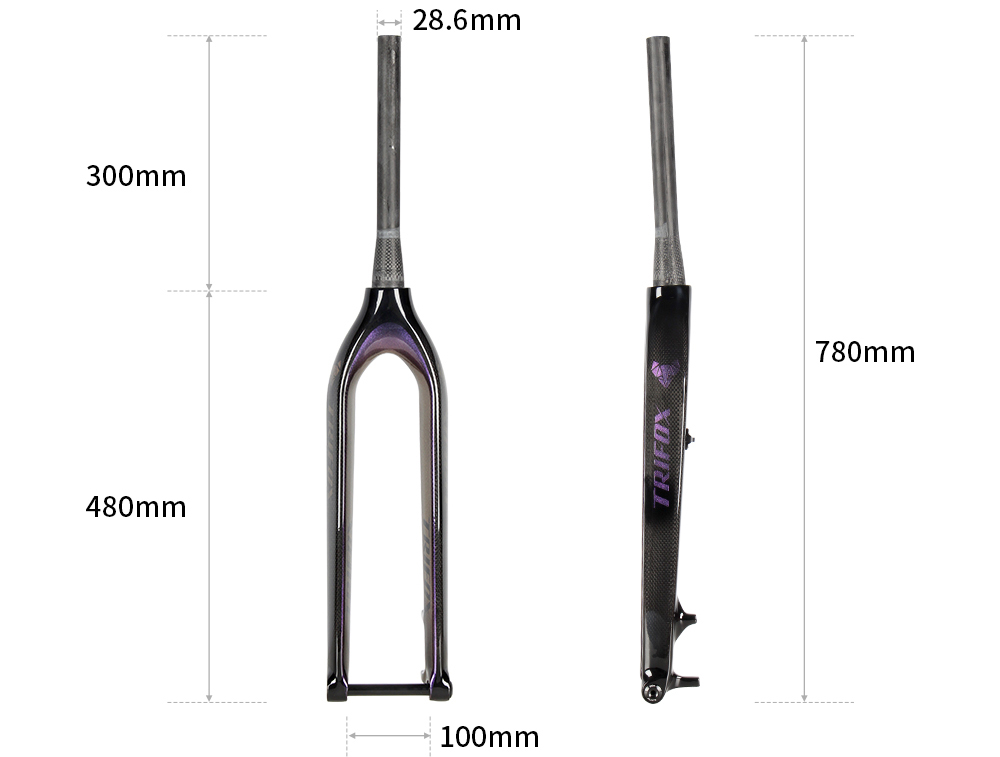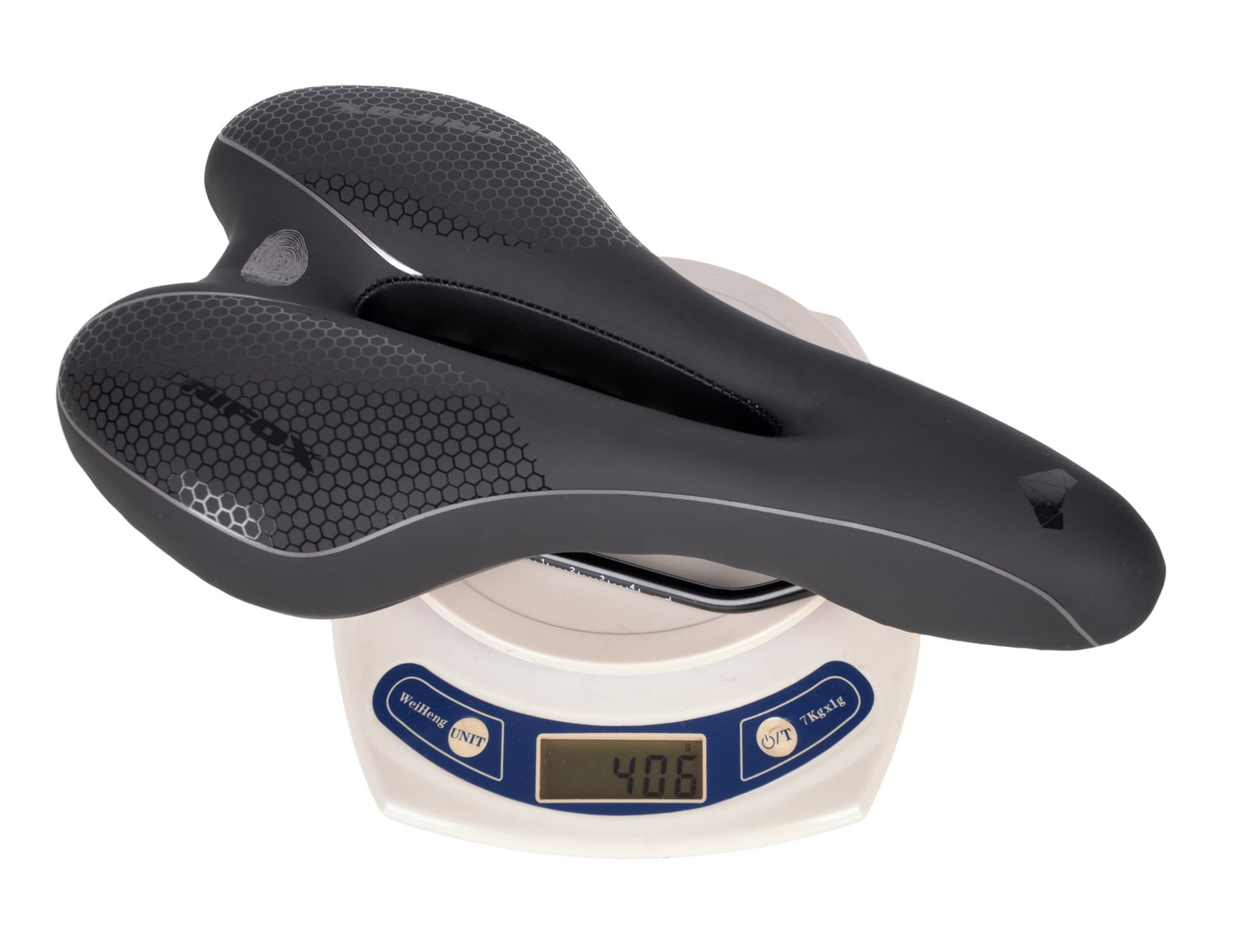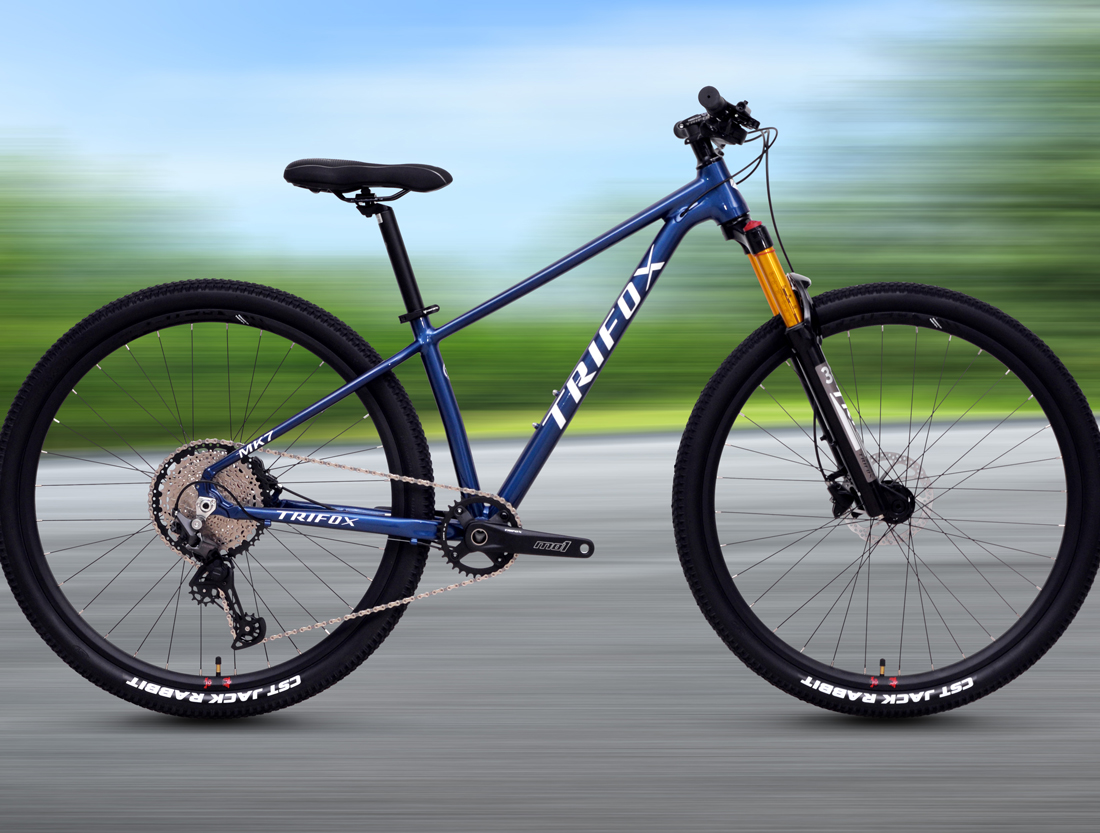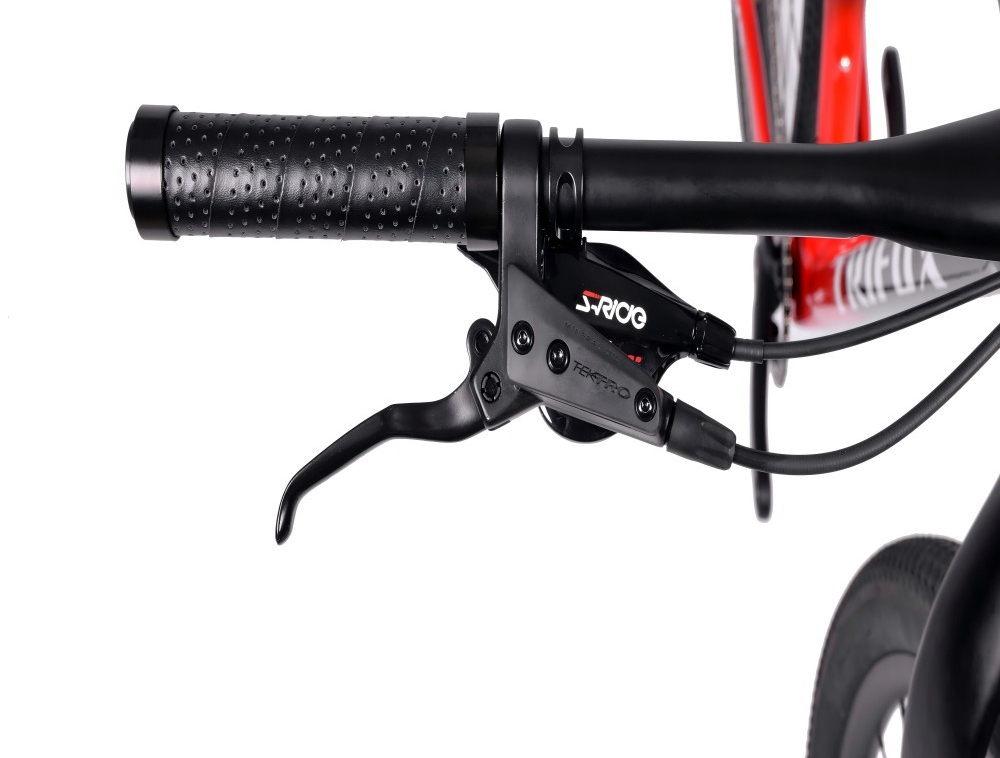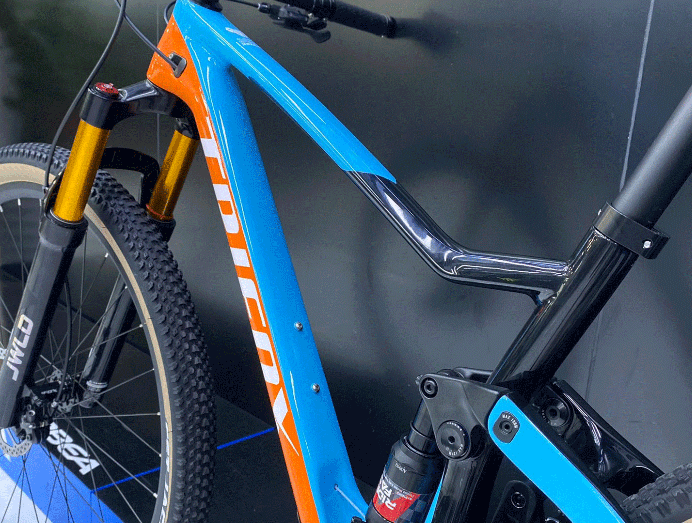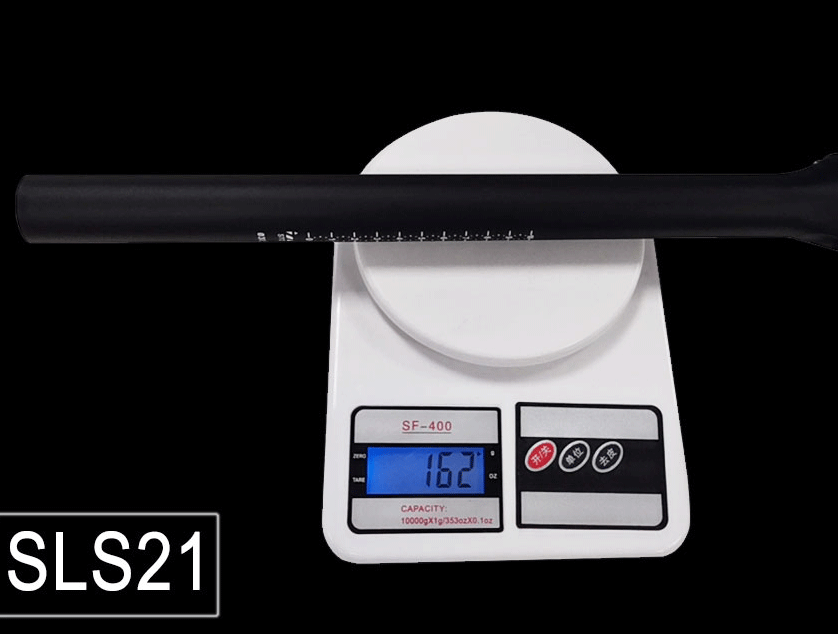Upgrading to carbon handlebars on your bike can significantly enhance your riding experience. Carbon handlebars are lighter, more comfortable, and can absorb road vibrations better than their aluminum counterparts. However, installing and maintaining them requires some specific steps and attention to detail to ensure safety and longevity.
Why Choose Carbon Handlebars?
Before diving into the installation and maintenance, it’s worth understanding why carbon handlebars are a popular choice among cyclists:
Weight: Carbon handlebars are significantly lighter than aluminum, reducing the overall weight of your bike;Comfort: They offer better shock absorption, leading to a more comfortable ride over long distances;Aerodynamics: Many carbon handlebars come with aerodynamic designs that reduce drag;Aesthetics: Carbon handlebars often have a sleek, modern look that can enhance the appearance of your bike.
Tools You’ll Need
To install and maintain carbon handlebars, you’ll need the following tools:
Torque wrench;Allen keys (appropriate sizes for your bike);Carbon assembly paste;Clean cloth;Bike stand (optional but recommended).
Installation Guide
Step 1: Remove Old Handlebars
Secure Your Bike: Place your bike on a stable surface or use a bike stand to keep it steady;Remove Accessories: Remove any accessories attached to the handlebars, such as lights, bells, or GPS mounts;Loosen Stem Bolts: Use an Allen key to loosen the bolts on the stem to release the handlebars. Be careful not to lose any bolts or parts.
Step 2: Prepare for Installation
Clean the Stem: Wipe down the inside of the stem clamp with a clean cloth to remove any dirt or debris;Apply Assembly Paste: Apply a thin layer of carbon assembly paste to the clamping area of the stem and the new carbon handlebars. This paste increases friction and helps prevent slippage without the need for excessive tightening.
Step 3: Install Carbon Handlebars
Position Handlebars: Align the new carbon handlebars with the stem. Make sure they are centered and at the desired angle;Tighten Stem Bolts: Using a torque wrench, gradually tighten the stem bolts in a cross pattern. Refer to the manufacturer's torque specifications to avoid over-tightening, which can damage the carbon fiber. Typically, the recommended torque settings range from 4-6 Nm.Reattach Accessories: Attach any removed accessories back onto the new handlebars.
Step 4: Final Adjustments
Check Alignment: Ensure the handlebars are perfectly aligned with the front wheel;Test Ride: Take the bike for a short test ride to check for any movement or creaking noises. If you notice any issues, recheck the torque settings.
Maintenance Tips
Maintaining carbon handlebars is crucial for safety and performance. Here are some tips to keep them in top condition:
Regular Inspections
Visual Checks: Regularly inspect your handlebars for any cracks, chips, or other signs of damage. Carbon fiber can be damaged without obvious signs, so pay close attention;Torque Checks: Periodically check the torque on all bolts to ensure they are within the recommended range. Over time, bolts can loosen slightly
Cleaning
Gentle Cleaning: Use a soft cloth and mild soapy water to clean the handlebars. Avoid harsh chemicals or abrasive cleaners that could damage the carbon fiber;Dry Thoroughly: Make sure to dry the handlebars thoroughly after cleaning to prevent any moisture from affecting the material.
Handling
Avoid Impact: Handle your bike carefully to avoid impacts that could damage the carbon fiber. Always support the bike correctly, especially when placing it on bike racks or stands;Proper Storage: Store your bike in a safe place where it won’t be at risk of falling or being knocked over.
Replacements
Replace When Necessary: If you notice any signs of significant wear or damage, replace the handlebars immediately. Don’t take risks with compromised components;Follow Manufacturer Guidelines: Always adhere to the manufacturer’s guidelines regarding the lifespan and replacement intervals for carbon handlebars.
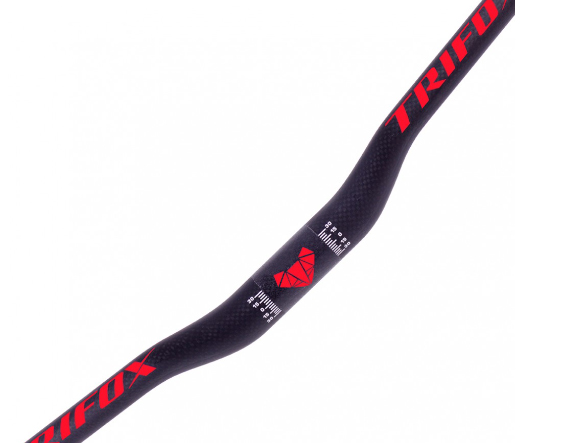
Conclusion
Installing and maintaining carbon handlebars is a worthwhile investment for enhancing your cycling experience. By following this guide, you can ensure a safe and efficient installation process and keep your handlebars in excellent condition for years to come. Remember, regular maintenance and careful handling are key to maximizing the benefits of your carbon handlebars. Happy riding!




























































